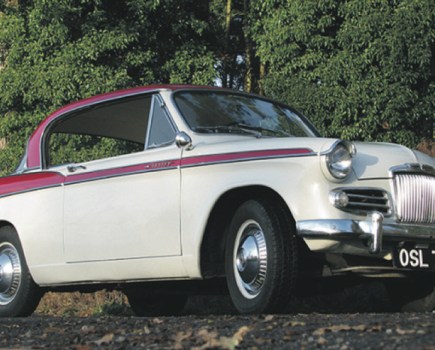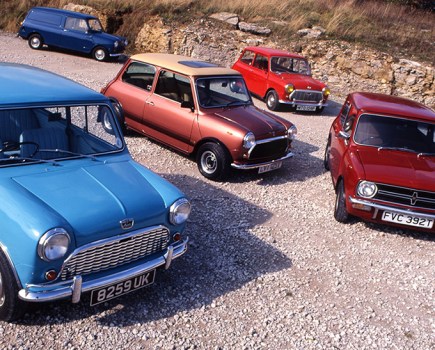It was with the all-new third generation that the Fiesta began a sales dominance it still enjoys today. We chart the progress of Ford’s supermini against its rivals.
Having topped sales charts every year for the past decade, the Ford Fiesta, unquestionably, reigns supreme as Britain’s most popular car. Recent Fiestas have attracted almost universal appeal from pundits and buyers alike – especially in the latest eighth-generation guise.
Since its launch in May 1976, Ford’s supermini had consistently been on the second or third step of the sales podium behind Ford stablemates like the Cortina, Escort and Sierra. But it wouldn’t top the charts until 1990, which was the first full year of sales for the Mk3 Fiesta – the iteration that we’d argue really thrust it to the top of its game.
The first-generation Fiestas were undoubtedly major successes, but the basic platform remained unchanged for 13 years. A car that had originally been launched to fend off the Peugeot 104 and Fiat 127, Volkswagen Polo and Renault 5 increasingly found itself against much stiffer competition, such as Peugeot’s ground-breaking 205, the Austin Metro, Fiat’s Uno and the Nova from Vauxhall.
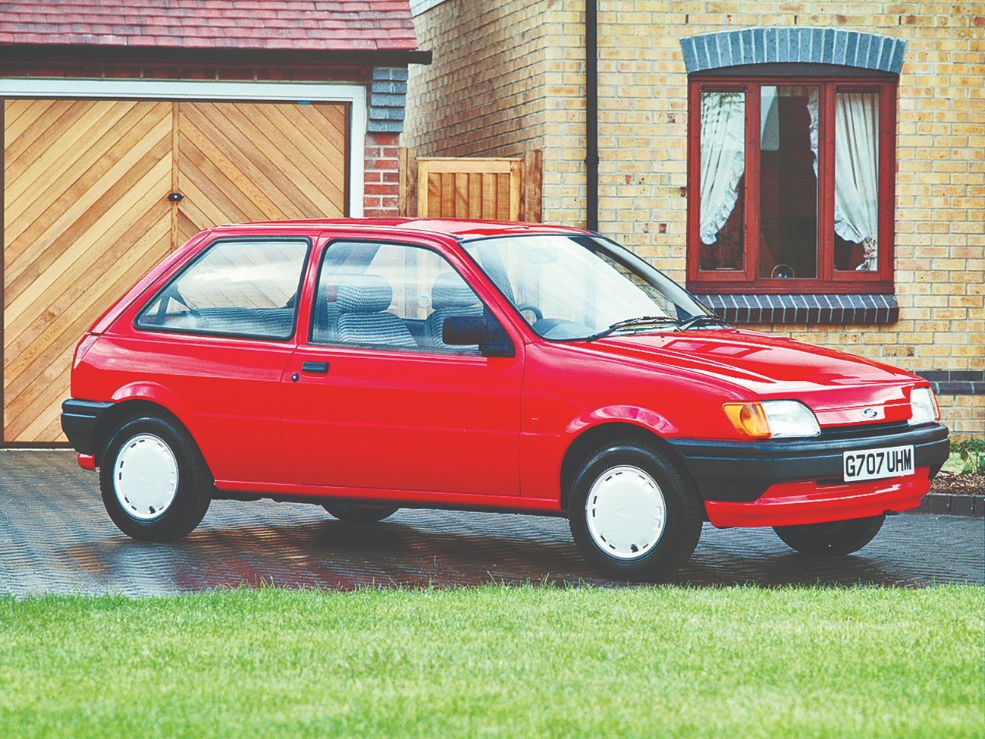
The Mk3 Fiesta, on sale from April 1989, was Ford’s response. One of the Fiesta’s big problems was that it was only available as a three-door, while almost all of its rivals were offered with a five-door option. But thanks to an entirely new platform with a wheelbase lengthened by 158mm, there was now space to incorporate the extra pair of rear doors if buyers so desired. The rear suspension was also switched from a beam axle to a semi-independent torsion beam set-up, improving the ride and handling. And, in a first for a small car, the Mk3 featured anti-lock brakes.
Under the bonnet, the smaller capacity Valencia engines were uprated to the new lean-burn High Compression Swirl (HCS) design, initially consisting of 1.0, 1.1 or 1.4-litre units. Meanwhile, the 1.6-litre diesel used in the Mk2 was replaced with a PSA-sourced 1753cc unit, while the 1.6-litre CVH carb unit from the outgoing XR2 lived on in the Mk3 1.6 S.
Five months later, the XR2 was back, but this time as the XR2i, which retained the 1.6-litre CVH engine but with fuel injection for the first time – boosting power from 94bhp to 105bhp. It wasn’t quick or even that dynamic, but it had blue piped bumper trim and came with quad driving and fog lights, so it certainly looked the part.
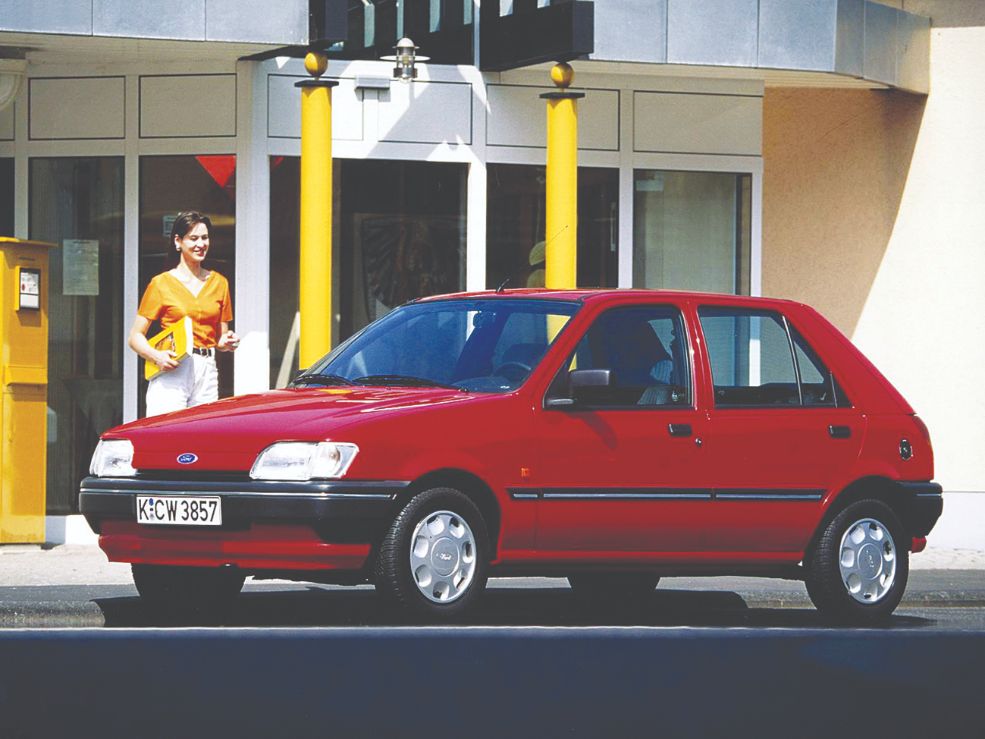
It wasn’t the range topper though; that came in 1990 with the 133bhp Fiesta RS Turbo – the first ever RS-tagged Fiesta. It essentially used the blown CVH motor from the Escort RS Turbo, but with a smaller T2 turbocharger to cut lag, creating a real flyer that allowed Ford to compete head-on with Peugeot’s 205 GTI 1.9. As for the bumper inserts, they were arguably even cooler in green.
An impressive one million examples of the revamped Fiesta would go on to roll off the assembly lines in its first two years. And after topping those UK sales charts in 1990, it did so again in 1991, when a 1.3-litre engine option also joined the range.
The following year saw both hot Fiestas get the 1.8-litre Zetec 16-valve twin-cam, with the XR2i getting a 105bhp version and the new RS1800, which was launched as an RS Turbo replacement to satisfy looming emission legislation, a 130bhp variant. Sadly, the XR2i would only last until 1993; so-called joy riding was at an all-time high, and the XR badge was a trigger for sky-high insurance.
As the 1990s progressed, the Fiesta’s rivals had continued to up their game. Vauxhall replaced its Nova with the contemporary-looking Corsa in 1993, while Nissan introduced its funky bubble-shaped K11 Micra. So, in an effort to provide the Fiesta with more features than its rivals, 1994 saw the launch of what has become known the Mk3.5.
Though only a few visual details marked it out from the 1989 original, it was significantly upgraded under the skin – not least with a stronger bodyshell featuring built-in side impact beams for added safety. Revisions were also made to the chassis and the suspension set-up.
The RS1800 did manage to survive into 1994, but Ford really needed a ‘lukewarm’ model that could dodge big insurance premiums. Its answer was the Si, with either came with a 75bhp 1.4-litre CVH or a 90bhp 1.6-version of the Zetec. Though not particularly fast, they looked smart and handled well, so became very popular.
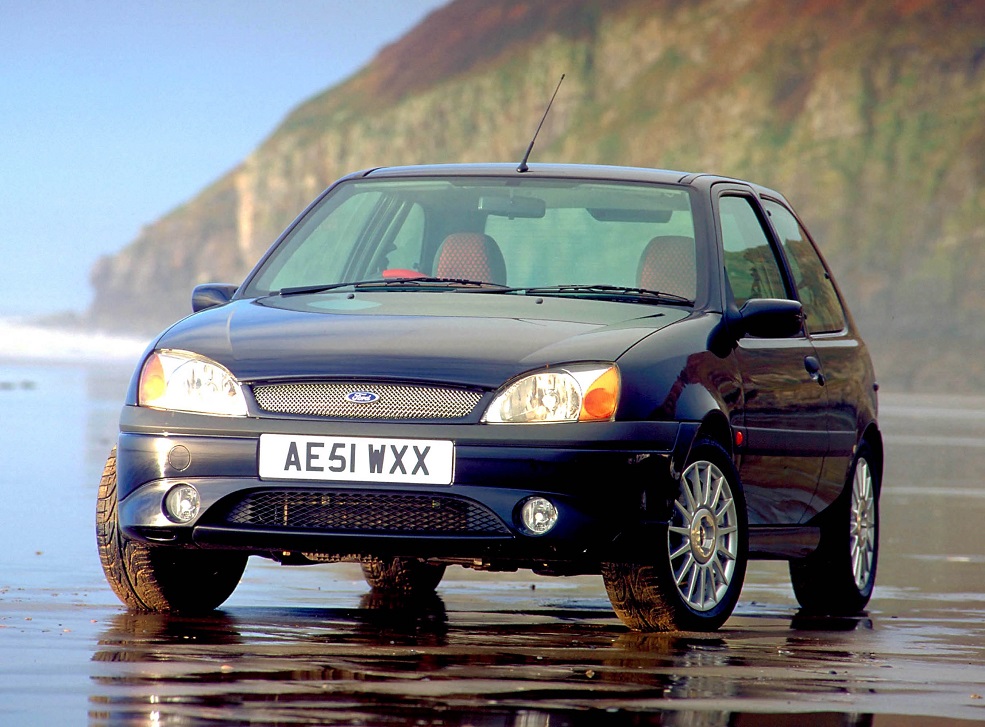
Fourth generation
The Mk3.5 wouldn’t last long, as the heavily revamped Mk4 was launched at the Frankfurt show in September 1995. However, this wasn’t the Mk3’s final hurrah, as a competitively priced run-out model badged as the Classic remained in production until 1997.
Ford’s corporate oval grille graced the front of the Mk4, which gave it a slightly droopy, unhappy face, but certainly didn’t affect sales as it topped the charts once again for 1996, 1997 and 1998. The new model was essentially an updated Mk3.5, but with numerous aesthetic changes and chassis tweaks. Inside, a smooth, modern dash was fitted, and the seats were changed for more supportive items. Power steering and a driver’s airbag were standardised, with the option of a passenger airbag too.
But the biggest reason for the car’s sales success was under the bonnet. Alongside the eight-valve 1.3-litre engine and a 1.8-litre diesel were a pair of new Zetec-SE motors in 1.25 and 1.4-litres, which were both frugal and reliable 16-valve DOHC units. There was no hot version this time though, with the 88bhp 1.4-litre version now the quickest of the bunch.
The Mk4 lasted four years, but in 1999 it was time for another makeover. The car’s styling was brought into line with the Ford Ka and new Focus, with redesigned bumpers and lights giving it a much more contemporary look. The vast majority of the parts remained the same, but there was a notable gap-filling addition to the model line-up in the shape of the 102bhp 1.6-litre Zetec-S. Though lukewarm rather than hot, it did at least look the part with its multi-spoke 15-inch alloy wheels, front spotlights, deeper front and rear bumpers and smarter trim. Stiffer anti-roll bars and uprated brakes shared with the Puma helped improve the fun factor too, and it gained a sizeable following.
By now the B-sector Ford was now going head to head with equally capable rivals such as the Citroën Saxo, Peugeot 206 and Renault Clio, as well as the Corsa and Japanese competitors such as the Suzuki Swift and new Toyota Yaris. Though heavily updated visually and mechanically, the Fiesta had been making use of a basic design over a decade old and a change was overdue.
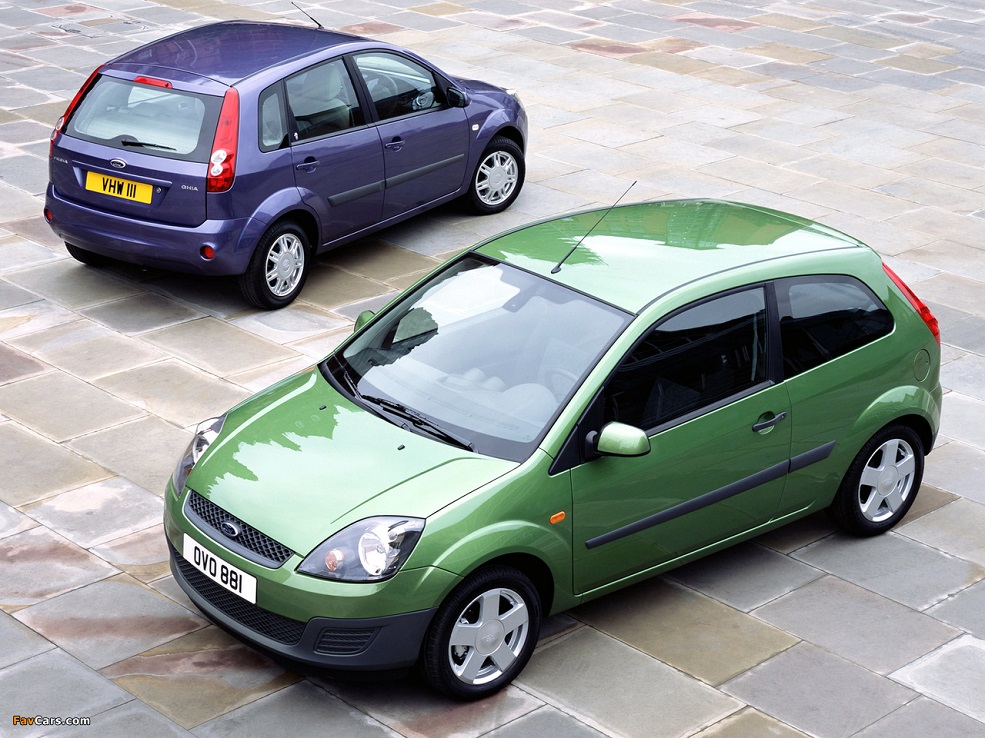
All change for the Mk6
Commonly known as the Mk6 depending on how you view the 1999 update, the new car arrived in 2002. An all-new design, it really helped the Fiesta keep abreast of the post-Millennial competition. Most engines were carried over from the previous Fiesta, but renamed ‘Duratec’, as the Zetec name was now solely used for sportier models. The range also featured 1.4-litre eight-valve and torquey 1.6-litre 16-valve Duratorq TDCi common-rail diesels built in a joint venture with PSA, and from 2004, a proper hot option once more. Equipped with a 2.0-litre Duratec engine, the 150bhp ST marked a return to form for small fast Fords, and many saw it as the spiritual successor to the famous XR2i. Again, it wasn’t the fastest in its class, but it was well built and had real strength in its handling ability.
The Mk6 was undoubtedly a sales success, but fell behind Vauxhall’s Corsa in the sales chart from 2002-2005, and didn’t redress the balance until it was facelifted for 2006.
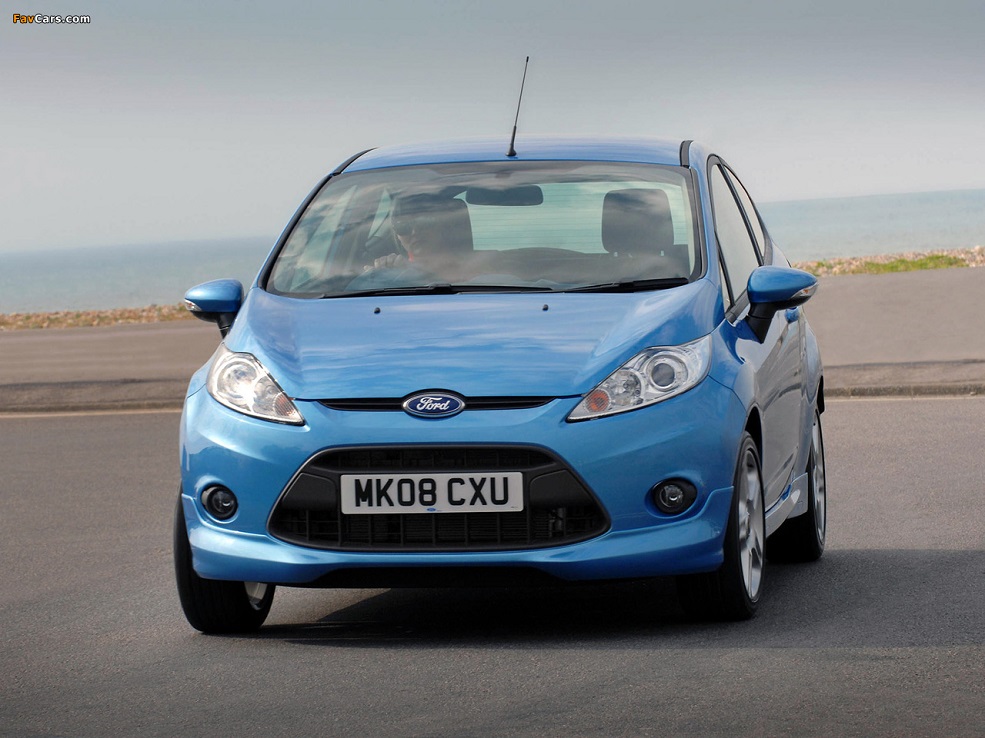
Back on top
It would take the launch of all-new Mk7 range in 2008 to keep the Corsa at bay and propel the Fiesta back to the very top. The Mk7 was almost universally praised, and its reputation was only enhanced further with the launch of the superb 197bhp ST in 2013.
In 2014 the Fiesta became the best-selling UK car of all time when it surpassed well over four million registrations. And Ford has continued the good work, taking the covers off the critically acclaimed Mk8 range in 2018.
Though many of the Fiesta’s traditional rivals have lost out to the likes of the premium-priced MINI and more expensive SUVs like the Nissan Qashqai and Kia Sportage, Ford’s evergreen supermini remains on top of the pile. Had Ford not got the Mk3 so right in 1989, it could have been a very different story.
THE RIVALS
When the Mk3 Fiesta first arrived on the scene in 1989, it had to win some tough battles – many of which are still being fought 30 years on.
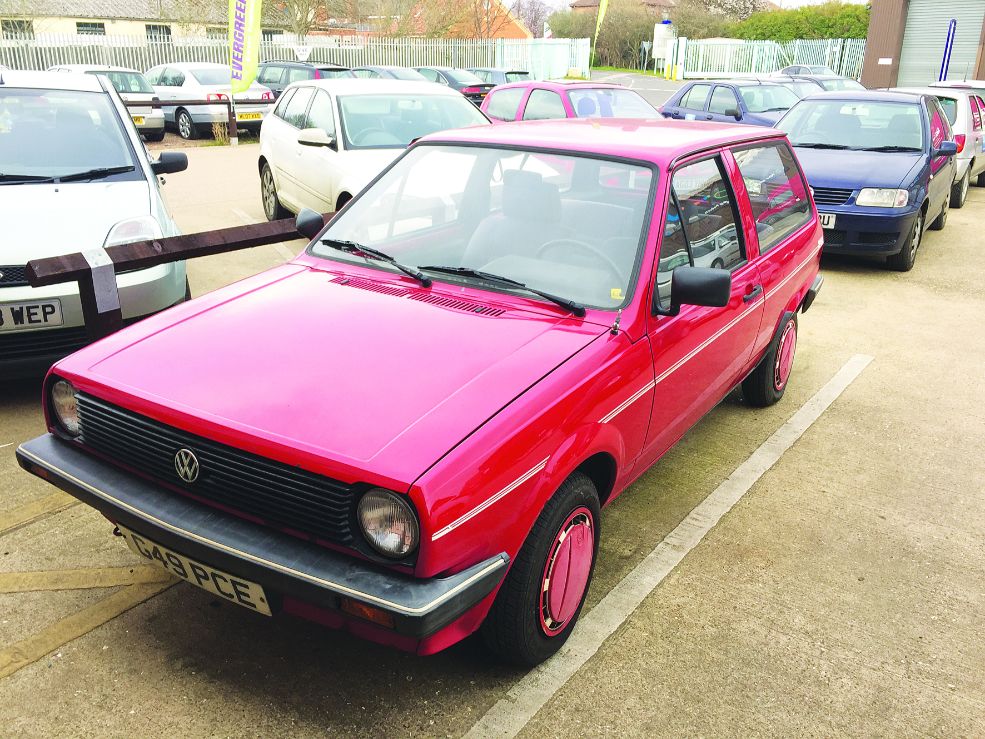
VOLKSWAGEN POLO
Introduced in 1975, a few months before the Mk1 Fiesta came on the scene, the Polo was a rebadged version of the plusher three-door Audi 50.
The much-improved Mk2 was introduced in 1981, and by 1990, VW had unveiled the revamped Mk2F, with supercharged G40 version in particular attracting a cult following.
However, it wasn’t until 2010 that the Polo troubled the UK sales charts, with the MK5 model coming in sixth. Never before in more than 30 years on sale in the UK had any version of the Polo managed to finish among the top ten best-selling cars, but it’s been a regular since, and today it’s the sixth generation of the Polo that continues to battle it out with the latest version of the Fiesta.
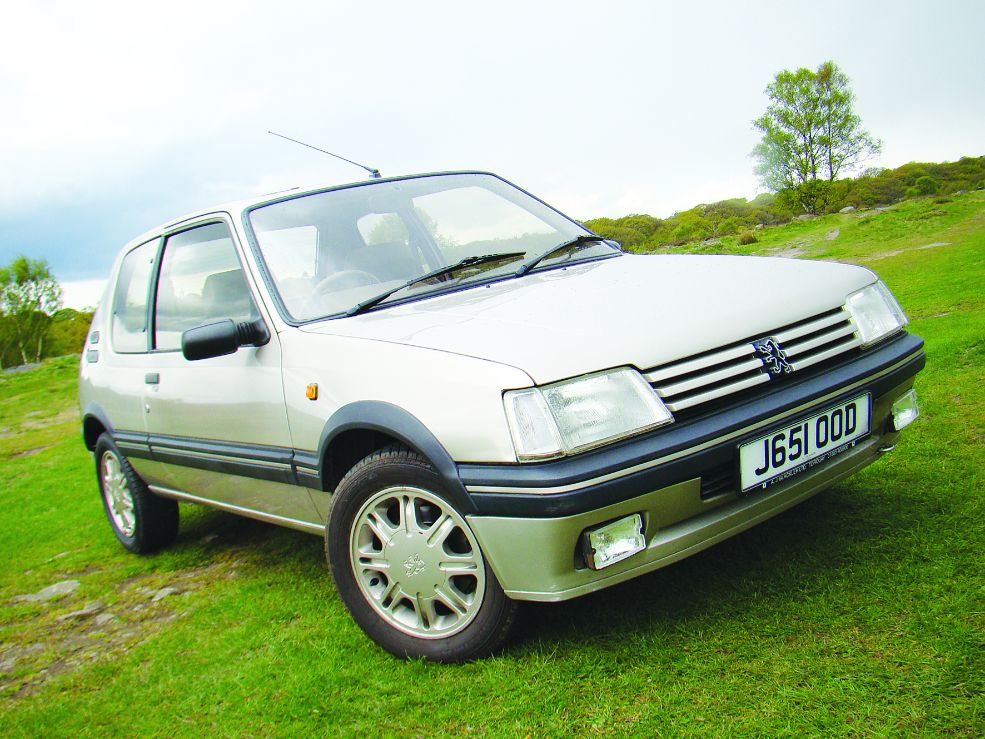
PEUGEOT 205
Peugeot set the supermini market alight in 1983 when it launched the 205, and the car was one of the Mk3 Fiesta’s most serious competitors throughout most of the ’90s, becoming the 10th best-seller in the UK 1990, and the eighth in 1991. However, it still couldn’t match the Fiesta’s volumes, and after its sales were diminished by the launch of the larger 306 in 1993, it was discontinued from the UK in 1996.
It’s replacement, the 206, was a genuine hit and reached as high as fourth in the UK, but the 207 lost the magic despite being a consistent top 10 seller. The 208 looked to have recaptured some of the essence of the 205 and did creep in the top 10 chart itself, but sales remain miles away from those of the Fiesta.
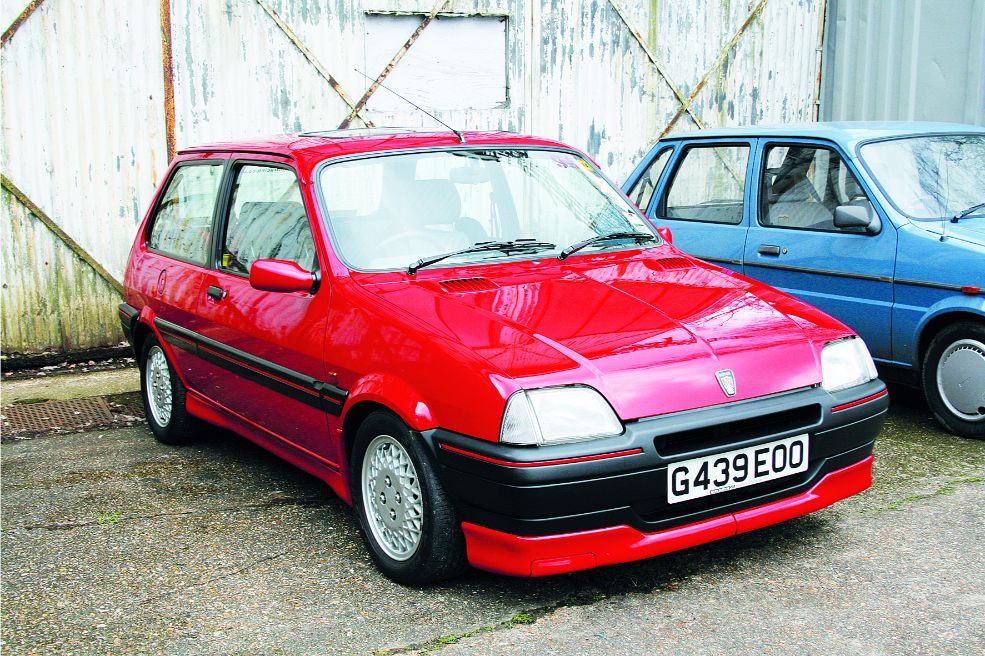
METRO
By the time Ford introduced the Mk3 Fiesta, the old A-Series Metro was still soldiering on with good sales performances, but it was on the wane. In 1990, however, Rover fitted the K-Series engine and gave it a thorough restyle, transforming it into a real contender once again. Although the Metro never sold in the same numbers as the Fiesta, it was the UK’s sixth best seller in 1990, and seventh in both 1991 and 1992.
But renaming the Metro the Rover 100 in late 1994 didn’t help its decline as it became outclassed by rivals, and a terrible NCAP crash test rating saw it axed in 1998.
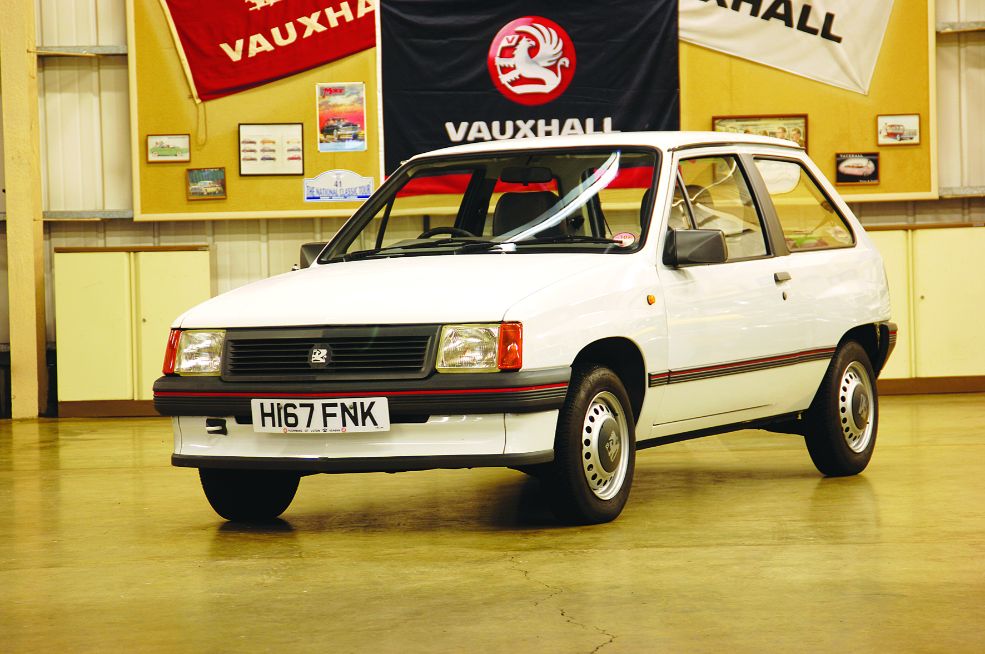
VAUXHALL NOVA/CORSA
Introduced to the UK in 1983, GM’s supermini was always popular. However, when Vauxhall replaced it with the Corsa B in 1993, sales went up 21 per cent to rank fourth in 1999 and 2000. However, it was the launch of the Corsa C that ended the Fiesta’s domination, outselling the Ford from 2002-2005. The Corsa D also managed to beat the Fiesta in 2008, and it’s been a firm challenger ever since. With Vauxhall now in the black under PSA ownership, a new Corsa is due next March.

NISSAN MICRA
The first and second generations (K10 and K11) of the Micra were strong performers. Indeed, the K10 was the UK’s 11th best seller in 1990, with the curvaceous K11 – the second car to be built at Nissan’s Sunderland plant – repeating the feat in 1993.
A facelift in 1997 kept the K11 Micra at the top of its game, before it was replaced in 2002 by the all-new K12, which regularly troubled the top 10. The K13 followed in 2010, and the K14 in 2017.
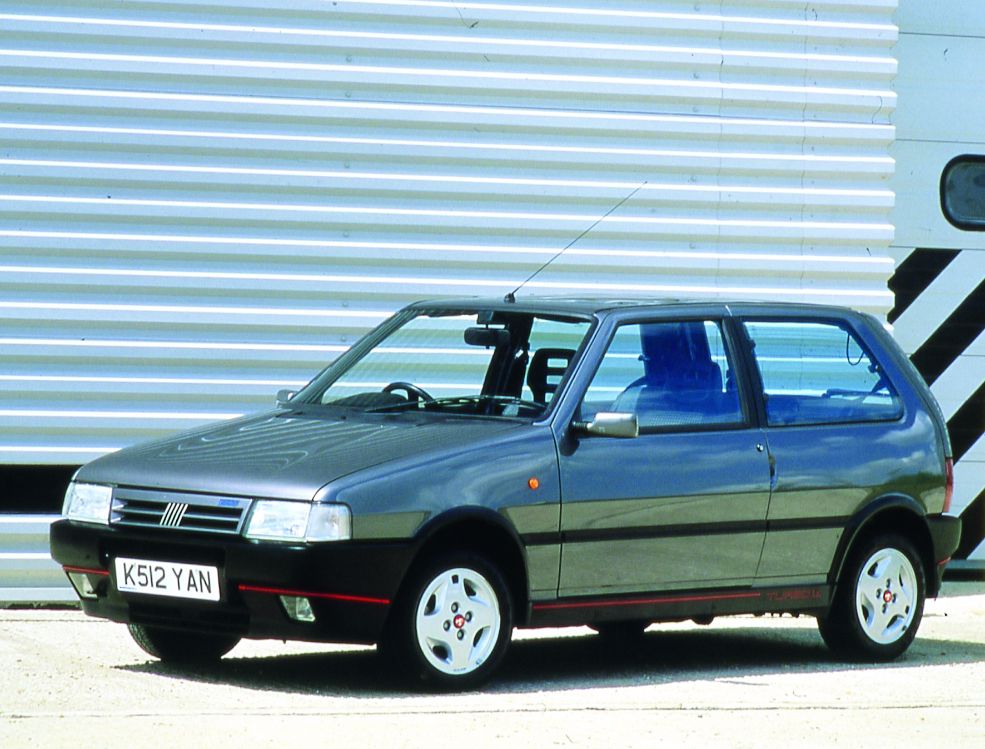
FIAT UNO
The Uno sold in huge numbers in its home country, but was never a serious challenger for the Fiesta, despite an early ‘90s facelift. It was effectively replaced by the Punto in late 1993, though the Uno plodded on until it was withdrawn two years later. The Punto did enter the UK top ten in second-generation guise in 2000, but tailed off as the third-generation Grande Punto and was discontinued in 2018 with no direct replacement announced.
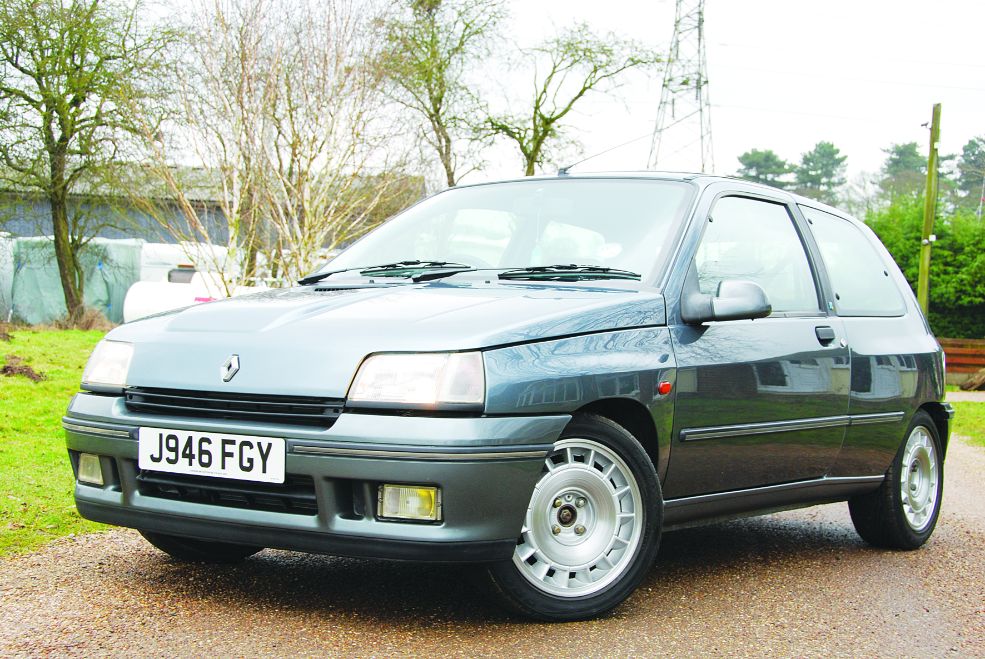
RENAULT CLIO
On sale in the UK from March 1991, two years after the Mk3 Fiesta, the Renault Clio took over from the Renault 5, which itself soldiered on until 1996 in budget ‘Campus’ form. Having crept into the top 10 for the first time in 1992, it continued to perform well. The Mk2 was launched in 1998, and became the UK’s best-selling foreign model for 1999, finishing seventh in the sales charts, dropping to eight in 2000, but rising back to seventh a year later and sixth in 2002, 2003 and 2004. The Clio Mk3 and Mk4 that followed were unable to mount a significant challenge to the Fiesta; whether the new Mk5 can do so remains to be seen.


